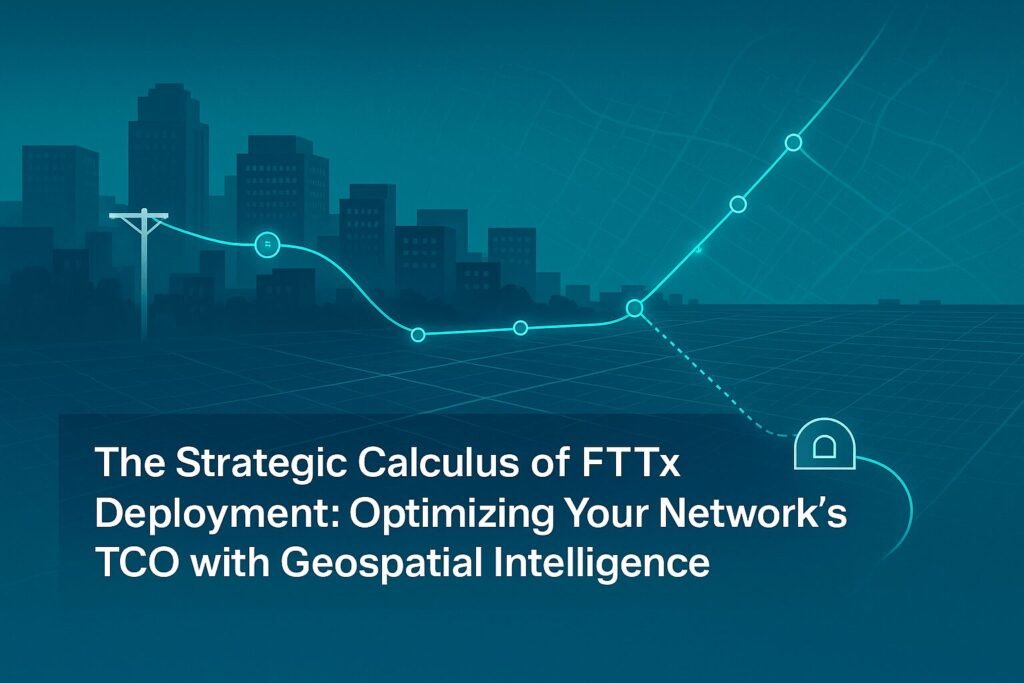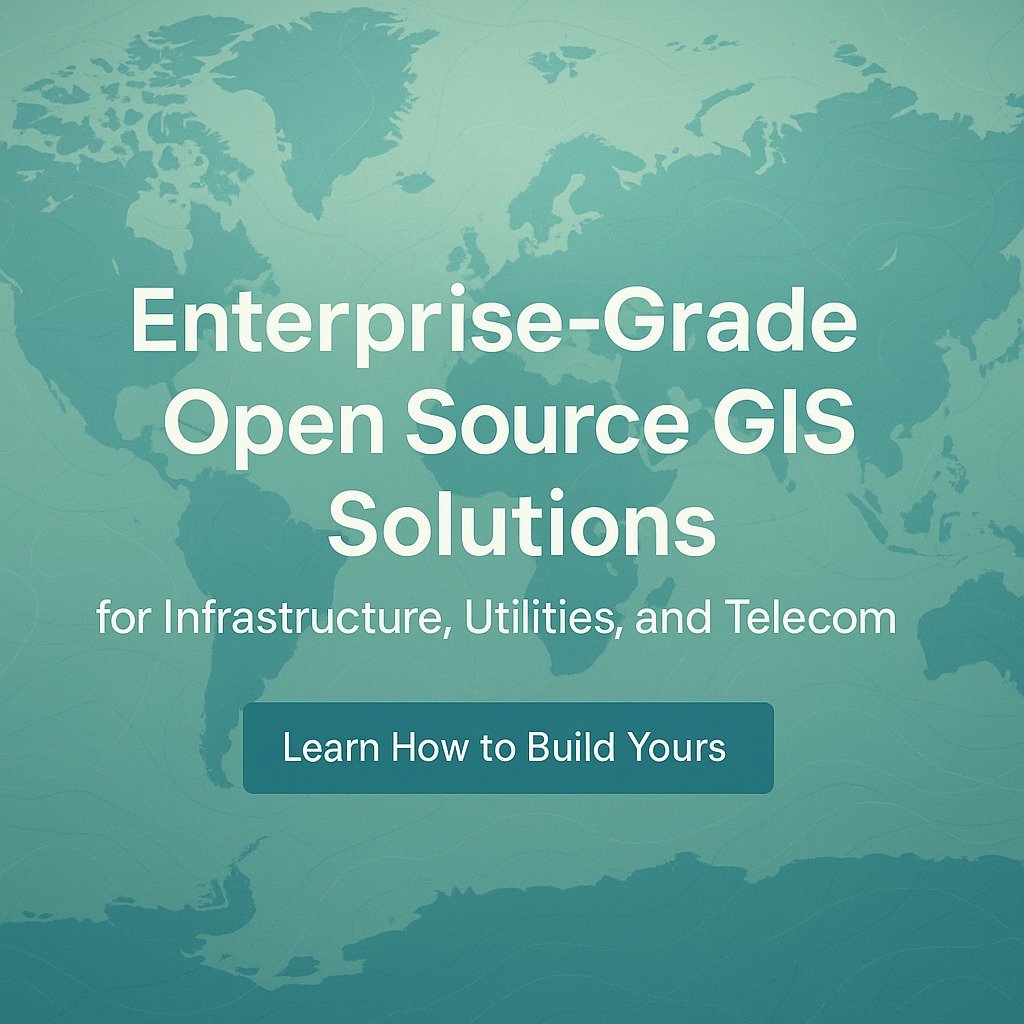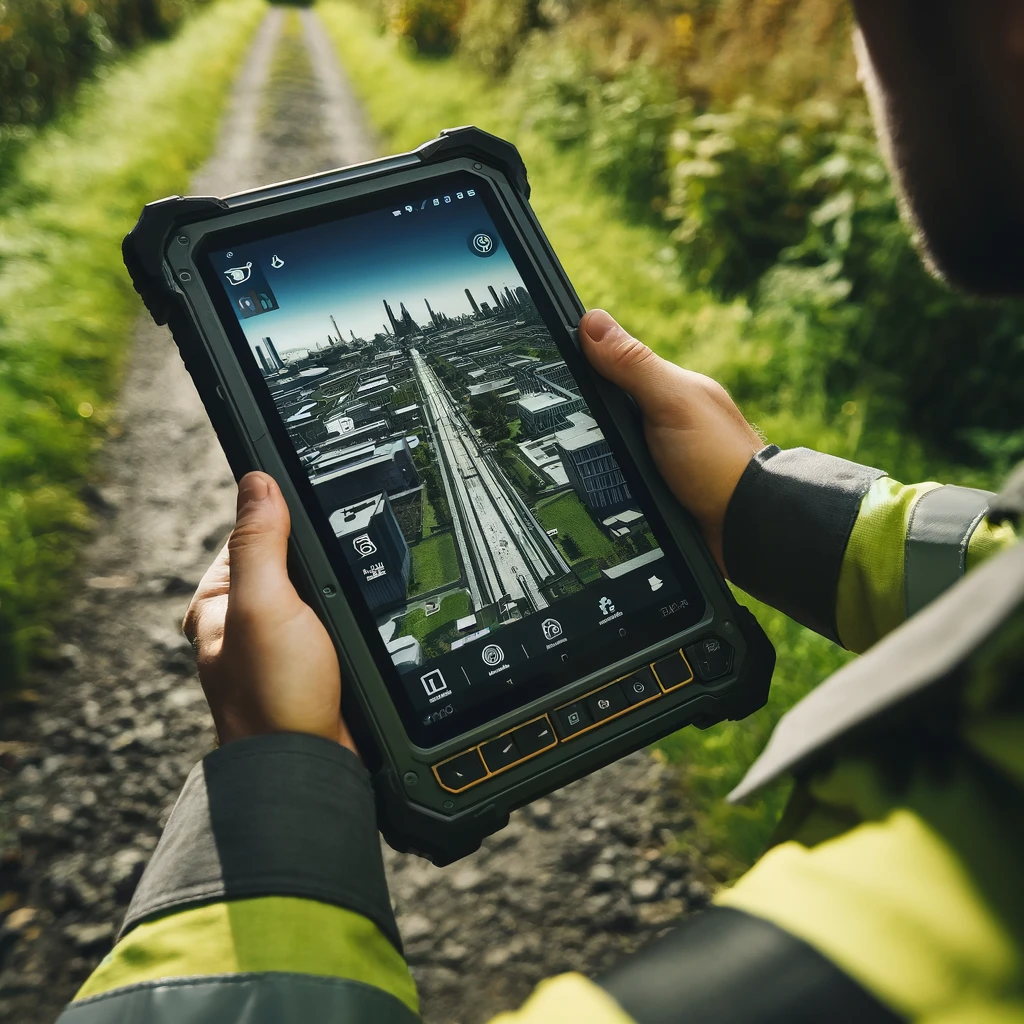The Strategic Calculus of FTTx Deployment: Optimizing Your Network’s TCO with Geospatial Intelligence
A Corporate Blog Post for Telecommunications Executives In today’s hyper-competitive digital economy, successful FTTx Deployment is not just a construction project; it’s a long-term strategic investment. For executives and engineering directors overseeing major Fiber-to-the-X (FTTx) rollouts—whether Fiber-to-the-Home (FTTH), Fiber-to-the-Building (FTTB), or complex migrations—the fundamental choice between aerial and underground fiber deployment is the single greatest […]









